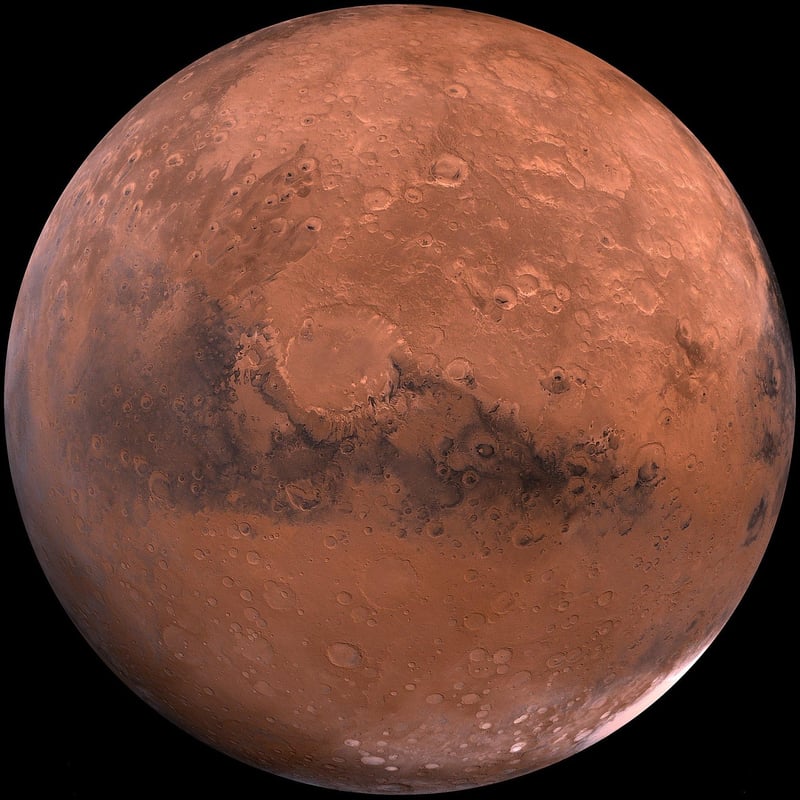Planetary Discoveries
Exploring Distant Habitable Planets: A Glimpse into Planetary Discoveries
As humans, we have always been intrigued by the vastness of space and the possibility of life beyond our own planet. With advancements in technology and space exploration, scientists have been able to discover a myriad of distant habitable planets that could potentially harbor life.
The Search for Habitable Planets
One of the key goals of astronomers is to locate planets outside our solar system that have conditions suitable for life as we know it. These planets, known as exoplanets, orbit stars other than our Sun and come in various sizes and compositions.

Recent Planetary Discoveries
Over the years, scientists have made remarkable discoveries in the field of exoplanets. From super-Earths to gas giants, each discovery provides valuable insights into the diversity of planetary systems beyond our own.
Kepler-186f
Kepler-186f is one of the first Earth-sized exoplanets discovered within the habitable zone of its star. Located approximately 582 light-years away, this planet offers a glimpse into the potential for Earth-like conditions on other worlds.

TRAPPIST-1 System
The TRAPPIST-1 system is home to seven Earth-sized exoplanets, three of which are located within the habitable zone of their star. This discovery sparked excitement in the scientific community as it raised the possibility of multiple potentially habitable worlds in a single system.

Future Prospects
With ongoing advancements in telescopes and space exploration technology, the search for habitable planets continues to evolve. Each new discovery brings us closer to unraveling the mysteries of the cosmos and understanding our place in the universe.
Exploring distant habitable planets not only fuels scientific curiosity but also ignites our imagination about the possibility of life beyond Earth. As we gaze up at the night sky, we are reminded of the endless possibilities that await us in the vast expanse of space.
